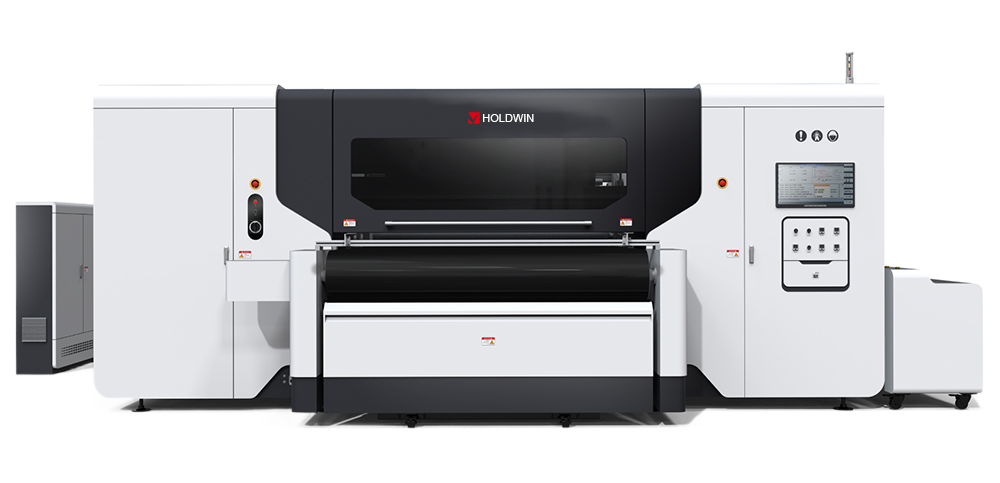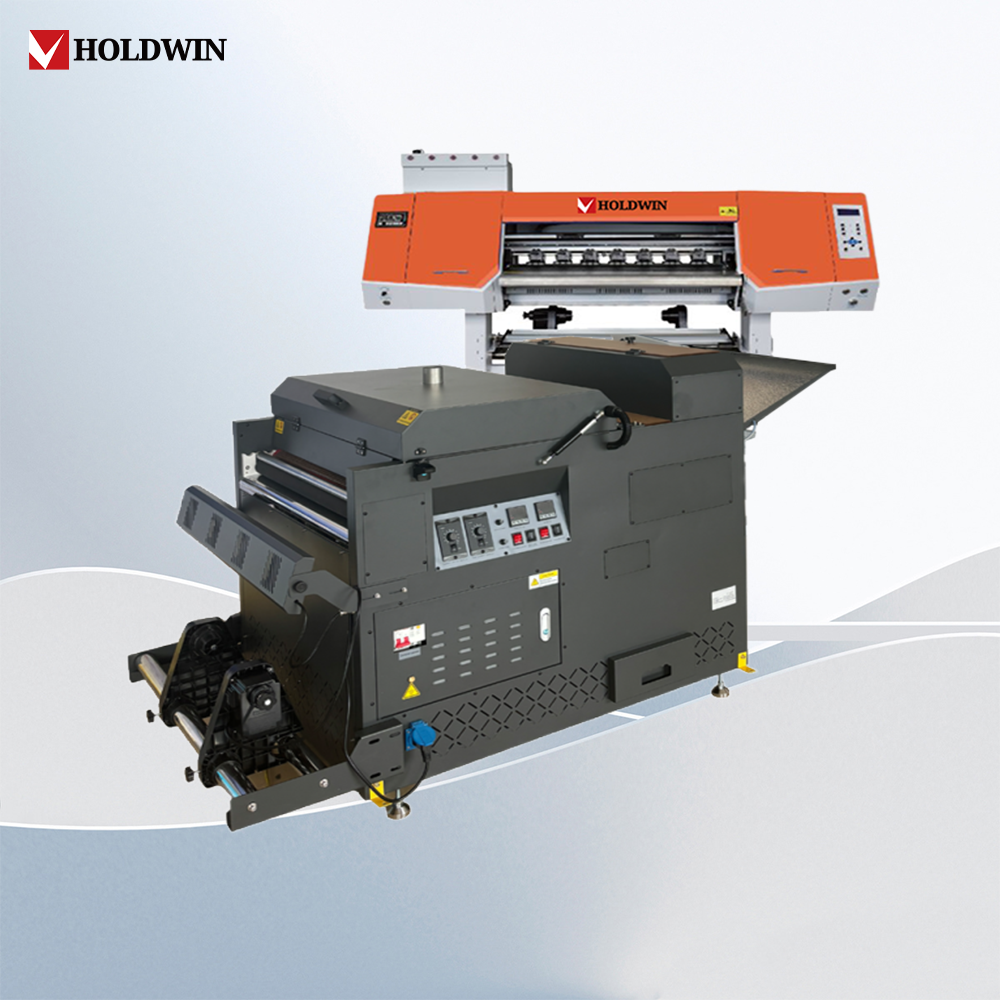
The automotive industry has always been at the forefront of technological innovation, and in recent years, digital printing has emerged as a powerful tool in this sector. From interior customization to exterior branding, digital printing offers unparalleled flexibility, efficiency, and design possibilities. This article explores how digital printing technologies, including UV, DTF, and sublimation transfer, are transforming automotive applications and enabling manufacturers to meet the evolving demands of the industry.
Digital printing, originally popularized in textiles and signage, is now making significant inroads into the automotive sector. The ability to print directly onto various substrates—such as metals, plastics, fabrics, and composites—has opened up a world of opportunities for car manufacturers and designers. This technology is particularly valuable in creating personalized interior elements, intricate exterior designs, and durable branding materials.
With the rise of electric vehicles (EVs) and autonomous cars, there is a growing emphasis on aesthetics and user experience. Digital printing allows for high-resolution, full-color designs that can be seamlessly integrated into vehicle interiors and exteriors, aligning perfectly with these trends.
One of the most popular uses of digital printing in the automotive industry is for interior customization. Digital printers can create high-quality prints on materials such as leather, fabric, and synthetic composites used in car seats, dashboards, and door panels.
This technology enables manufacturers to cater to niche customer preferences, offering personalized designs, textures, and color schemes. For example, a customer can choose unique patterns for seat covers or request a specific color gradient for dashboard trims.

Digital printing plays a vital role in creating high-quality decals, wraps, and branding elements for vehicles. UV roll-to-roll printing systems are commonly used to produce weather-resistant graphics for car exteriors, such as company logos, racing stripes, or full-body vehicle wraps.
Unlike traditional vinyl decals, digitally printed wraps offer finer detail and more vibrant colors. Additionally, they are quicker to produce, making them ideal for promotional vehicles, racing cars, and custom-designed fleets.
Image Placement:
Image of a vehicle with a digitally printed wrap featuring a complex geometric design.
Description: A sleek car with a digitally printed wrap displaying a vibrant geometric pattern. The UV printing technology ensures the design is fade-resistant and can withstand harsh weather conditions, making it ideal for exterior automotive applications.
Digital printing is not limited to aesthetics; it also has functional applications. For example, conductive inks can be printed on automotive components to create electronic circuits for displays, sensors, and control panels. This innovation is particularly important in the development of electric vehicles and smart cars, where compact, efficient electronic systems are crucial.
UV flatbed printers are often used for these applications, as they can print directly onto hard, flat surfaces like glass and metal with exceptional precision.
Sublimation transfer and DTF technologies enable the production of highly durable, customized car mats and upholstery fabrics. These methods allow for vibrant, full-color designs that are embedded into the fabric, ensuring longevity and resistance to wear and tear.
This is especially popular for luxury car brands and aftermarket customization, where customers seek unique designs that reflect their personal tastes.

With the increasing digitalization of vehicles, dashboard displays and instrument panels require high-resolution graphics that are both functional and visually appealing. Digital printing offers the precision and flexibility needed to create these intricate designs, ensuring that icons, symbols, and text are clear and easy to read under various lighting conditions.
Digital printing enables one-off production runs and mass customization without the need for expensive tooling or setup costs. This is particularly valuable for luxury and specialty vehicles, where unique designs are often required.
Unlike traditional printing methods, digital printing does not require the creation of plates or screens. This allows for faster turnaround times, making it ideal for industries that require rapid prototyping or short production runs.
Modern digital printing technologies, such as UV and sublimation transfer, produce highly durable prints that can withstand the harsh environmental conditions associated with automotive use, including UV exposure, temperature fluctuations, and abrasion.
Digital printing eliminates many of the costs associated with traditional methods, such as screen preparation and material waste. This makes it a cost-effective solution for both small-scale and large-scale automotive projects.
Digital printing produces less waste compared to traditional methods, aligning with the automotive industry’s push towards more sustainable practices. Additionally, many digital printing inks are environmentally friendly and free from harmful solvents.
At Shaoxing Zhiyu Digital Technology Co., Ltd. (HOLDWIN), we are committed to providing cutting-edge digital printing solutions tailored to the needs of the automotive industry. Our expertise in UV, DTF, and sublimation transfer technologies allows us to offer versatile printing solutions that meet the highest standards of quality and durability.
HOLDWIN’s digital printing systems are designed with automation and precision in mind, ensuring consistent results across a wide range of applications. Whether it’s customizing interiors, creating eye-catching exterior wraps, or producing functional components, our technology empowers automotive manufacturers to achieve their design goals efficiently and cost-effectively.
“We partnered with HOLDWIN to develop custom car interiors for our luxury vehicle line, and the results were outstanding. The level of detail and vibrancy in the prints exceeded our expectations, and the durability has been exceptional. HOLDWIN’s team was also incredibly helpful throughout the process, ensuring everything ran smoothly from design to production.”
Digital printing is reshaping the automotive industry by offering innovative solutions for customization, functionality, and design. Its versatility, cost-effectiveness, and ability to produce high-quality, durable prints make it an invaluable tool for manufacturers and designers alike. As the automotive industry continues to evolve, digital printing technologies will play a crucial role in meeting the demands of both consumers and manufacturers.
At HOLDWIN, we are proud to be at the forefront of this transformation, providing advanced digital printing solutions that empower the automotive industry to innovate and thrive. Whether you’re looking to customize interiors, create striking vehicle wraps, or produce functional components, digital printing is the key to unlocking new possibilities in automotive design and manufacturing.
References:

Zhiyu is passionate about good products, good services, and good prices to let consumers know that choosing us is the right choice! For partners and end customers, we will provide one-on-one considerate smart services and provide you with more high-quality procurement solutions.